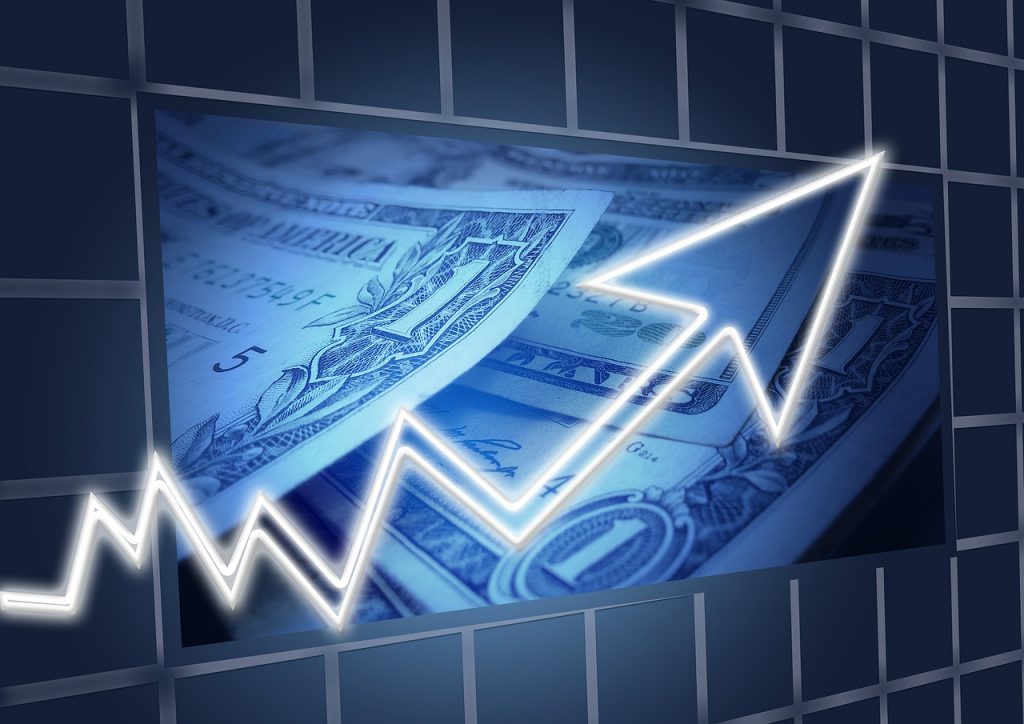Inflation May Be Here To Stay Permanently?
Economists worry that Europe's unceasing inflation is a foreshadowing of what will occur in the United States.
This article is more than 2 years old
As American consumers await the latest economic data from October, there is foreboding news out of Europe. The latest inflation numbers released by multiple European countries Monday are not a good sign for the US. And many analysts worry that the trouble in Europe is a glimpse into our economic future.
News about the inflation numbers coming out of Europe are troubling, to say the least. Nineteen counties are using the euro as currency. And, on average, they saw prices increase by 10.7%.
Europe is experiencing record levels of inflation that do not show signs of abating. The October data is far worse than the numbers from September, which was bad enough at 9.9%. However, member countries are not equally experiencing the same jaw-dropping inflation levels.
Italy has it the worst. In October, it saw prices increase by 12.8%. And Germany is nipping at Italy’s heels, which is especially concerning since it also happens to be Europe’s largest economy. It had an 11.6% inflation rate for the month.
France is doing much better than its neighbors, with price increases of “only” 7.1%. However, there is something more troubling than the numbers alone. And that is why the sector saw the biggest jump.
Despite efforts to ease supply chain woes, prices in the services sector skyrocketed. According to CNN, “that’s a worrying sign for policymakers,” as they had hoped that fixing the supply chain would help ease inflation. Unfortunately, that does not appear to be the case.
Multiple other factors have contributed to the sharp hike in inflation. For example, “energy prices jumped by nearly 42% year-over-year, while the cost of food, alcohol and tobacco increased by more than 13%.” And those increases are putting a pinch on European consumers.

As winter is on Europe’s doorstep, many are worried about the impact fuel prices will have on them. If the pressure does not ease soon, some may need to choose between heating their homes and feeding their families. And unfortunately, it does not look like any relief is on the horizon.
Natural gas prices have gotten so high that even industrial production levels are suffering. And that is not good news for European countries desperately needing an economic win. Things are looking so bleak that some are offering foreboding warnings.
A senior economist at ING, Bert Colijn, told clients that, “overall, the picture remains bleak. The reopening of economies boosted services, but that effect is now fading. With interest rates up and the economic outlook uncertain, investment expectations are weakening, too.”
“We therefore still expect the economy to contract over the coming quarters,” Colijn continued. His words may prove true for the US as well. We will not have a clearer picture of our own inflation levels until the October data gets released.
However, since the Fed is pushing forward with another round of interest rate hikes this week, it suggests our economy is not in good shape either. Our wallets may not feel the pinch quite as bad as those in Europe. But, if things continue to spiral downward, that may be our future.




